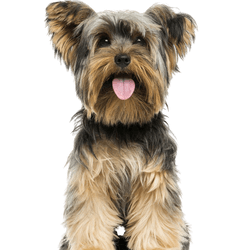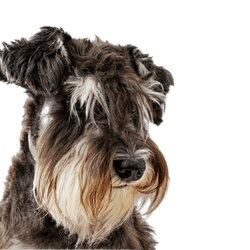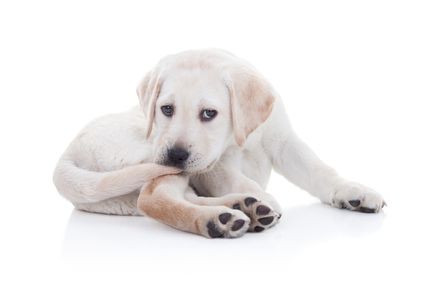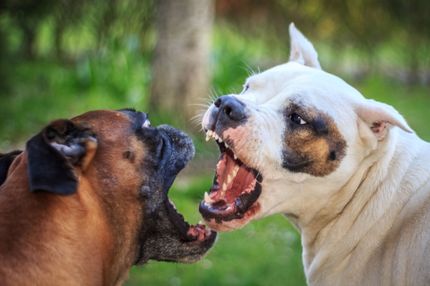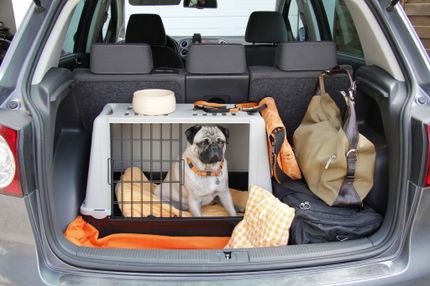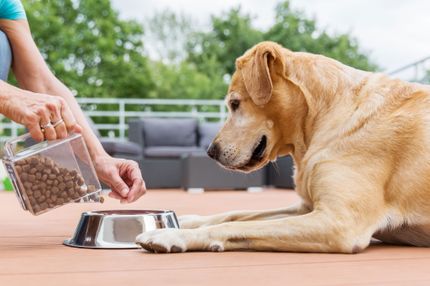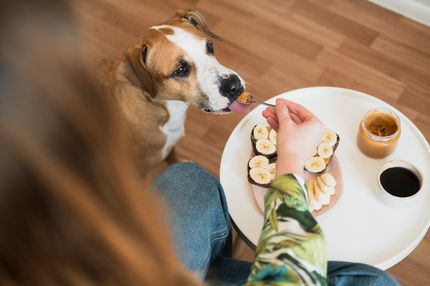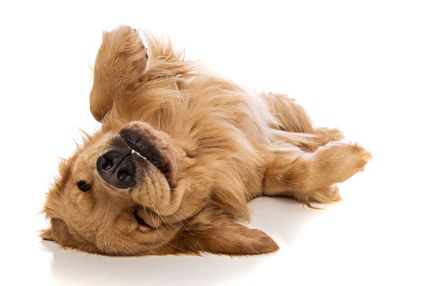Facts & Origin
Miniature Schnauzer and Yorkshire Terrier in one
The Snorkie is a hybrid breed resulting from crossing a Schnauzer - usually the miniature version - with a Yorkshire Terr ier. This mix was specifically bred to create a small, alert and family-friendly companion dog that is both energetic and affectionate.
The combination originated primarily in English-speaking countries, where "designer dogs" with a compact build, charming appearance and low coat are increasingly in demand. The Snorkie combines the wiry self-confidence of the Schnauzer with the lively, cheerful nature of the Yorkie - a dog with character in a small package.
Name synonyms for the Snorkie
The name Snorkie is the most common short form. Alternatively, you can also find spellings such as Schnorkie, Yorkie Schnauzer mix or, more rarely, Schnauzshire. In each case, the same crossbreed is meant.
Criticism of the Snorkie
Criticism of this hybrid breed mainly relates to the unpredictability in character and appearance that results from the mixture of two very different breeds. While the Yorkshire Terrier is rather playful and sometimes sensitive, the Schnauzer has a certain stubbornness and alertness.
It is not uncommon for Snorkies to develop a very independent, sometimes stubborn character, which should not be underestimated. Without clear leadership, they can be too barky, territorial or difficult to control. In terms of health, there is also no guarantee that only the best characteristics will be inherited from the mix.
Suitability of the Snorkie
With the right training and attention, the Snorkie is a bright, loyal and lively little companion that is well suited to people looking for an active but not overly demanding dog. He loves to be close to his caregivers and can integrate well into everyday family life - provided he is given sufficient mental stimulation and clear boundaries.
The Snorkie fits well into smaller households or apartments, but is not a classic lap dog - it wants to be taken seriously and kept busy. Anyone who gives him this attention will be rewarded with a clever, charming and often very loyal four-legged friend.
| Alternate Name | Schnorkie, Schnauzshire |
| Origin | UK - Germany |
| Life expectancy | 12 - 16 years |
| Care requirements | high-maintenance |
| Activity level | average - high |
| FCI group | not recognised |
| AKC group | not recognised |
| KC group | not recognised |
More Yorkshire Terrier mixes
More Miniature Schnauzer mixes
Attitude, character and temperament of the breed
Possible character traits of the Snorkie
The Snorkie is usually a lively, self-confident and people-oriented dog with a lot of personality in a small size. It often combines the alert, slightly stubborn nature of the Schnauzer with the playful, affectionate nature of the Yorkshire Terrier.
Many Snorkies are smart, alert and very social, but can also be barky and territorial, especially when they want to control their environment. A clear, calm parenting style is important so that they do not take on the role of "boss" in the house. Early socialization and loving consistency will ensure that the Snorkie develops into a balanced, friendly and adaptable dog.
Usage
Possible diseases of the Snorkie
As with all mixed breeds, the Snorkie can suffer from health problems that are common in both parents. These include dental problems, which are common in small breeds, as well as patellar luxation (an unstable kneecap) and potentially eye diseases.
Poor breeding lines can also lead to breathing problems if the Schnauzer's side is severely shortened. Regular check-ups at the vet, good dental care and appropriate food are important to prevent these risks. A stable weight also helps to avoid joint problems.
This is what a Snorkie can look like
Visually, the Snorkie is a mixture of the distinctive look of the Miniature Schnauzer and the silky coat of the Yorkshire Terrier. They are usually small to medium-sized, around 20 to 30 cm high and weigh between 4 and 7 kilograms.
The coat can be soft and slightly wavy like the Yorkie or wirier and more robust like the Schnauzer. Many color combinations are possible, such as black, silver, grey, brown or tricolor mixtures. The ears are often semi-drooping or slightly protruding, the facial expression appears alert and awake.
Depending on the coat type, the Snorkie needs regular grooming to avoid matting and to keep the skin healthy - especially if it has inherited the fine, growing coat of the Yorkie.
| Fur length | medium |
| Fur | flat coated - rough-haired |
| Ear shape | Standing Ears - Tilt-ear |
| Tail | short - lang |
| Anatomy | slim, muscular |
| Size ♀ | 16 - 39 cm |
| Weight ♀ | 3 - 8 kg |
| Size ♂ | 16 - 39 cm |
| Weight ♂ | 4 - 9 kg |
| Suitable For | Beginner, Seniors, Children |
Known Diseases
Patellar problems
Problems with the Patellar can be a displacement or weak kneecap, which is one of the most common causes of lameness in dogs, also because of overweight.
Dislocations
Lenticular and patella luxation occur in some breeds and affect the eye.
Bronchitis
Bronchitis in dogs is an inflammation of the lower airways in the area of the bronchi.
Eye infections
Chronic eye infections can be very painful in dogs and can be treated with medication. In rare cases, the cornea must be treated.
FAQ
-
A Snorkie is a hybrid dog breed created by crossing a Miniature Schnauzer with a Yorkshire Terrier.
-
A Miniature Schnauzer-Yorkshire Terrier mix has usually inherited the physical characteristics of both parent breeds. They are usually small to medium-sized, have a wiry coat and have the distinctive "Schnauzer beard".
-
Miniature Schnauzer and Yorkshire Terrier mixes tend to be active, playful and intelligent dogs. They can also be quite stubborn and protective, so early socialization and obedience training is essential.
-
Miniature Schnauzer and Yorkshire Terrier mixes need to be groomed regularly to maintain their coat. They also need plenty of exercise and mental stimulation to avoid boredom and destructive behavior.
-
Yes, Miniature Schnauzer and Yorkshire Terrier mixes can be good with children if they are properly socialized and trained. However, due to their small size, they may not be suitable for households with very young children.
